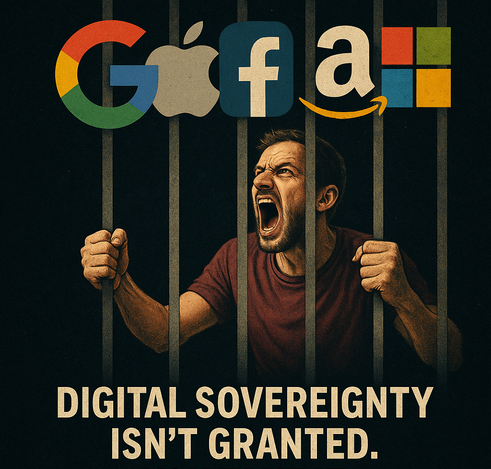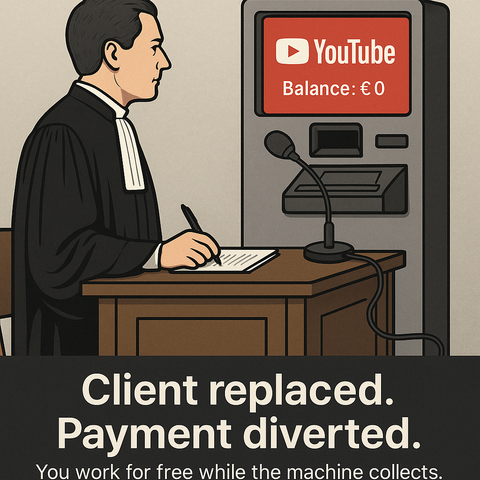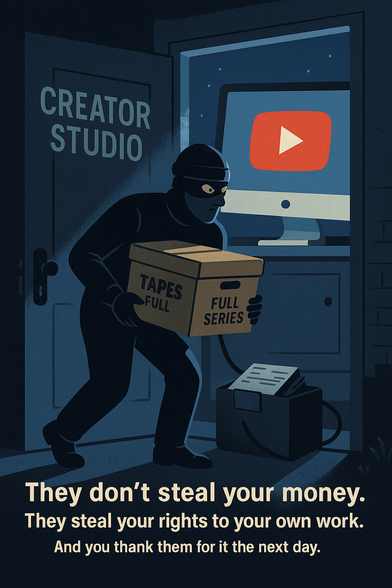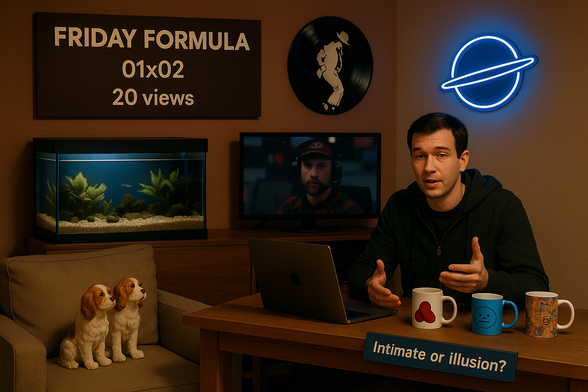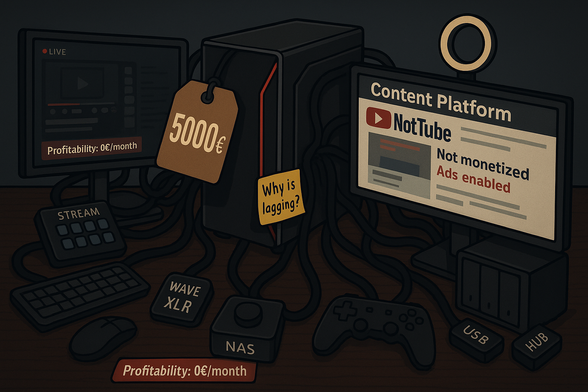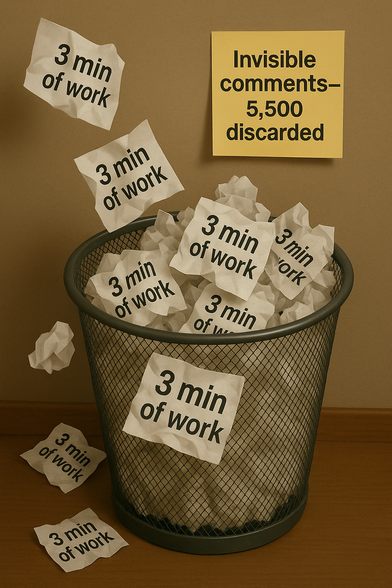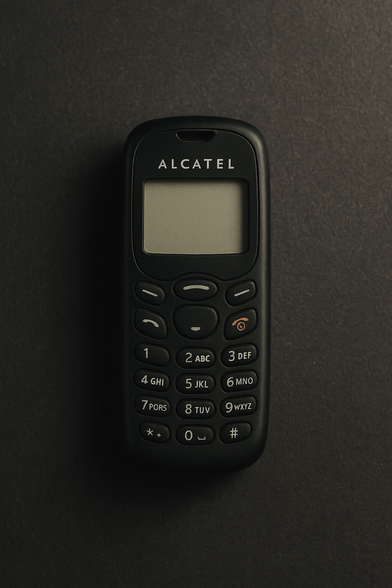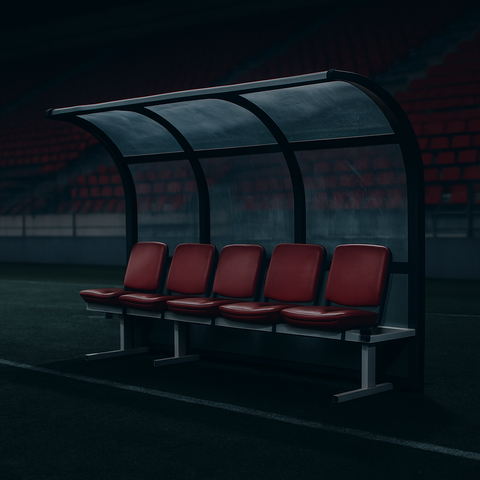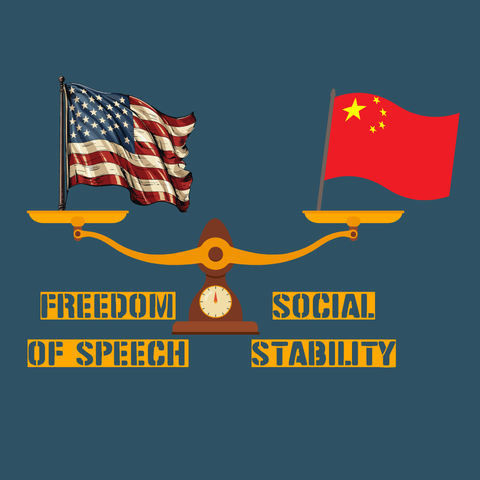THE INCREDIBLE REASON HOUSE STATION LIVE CHANGED SERVERS
Or a survival guide for e-businesses facing bans or legal disputes with a platform
When justice can’t be reached, relocation becomes resistance. Hosting your services on U.S. soil means giving up your legal rights. We rebuilt everything... servers, software, platforms... using European tools that respect our laws. From o2switch and Hetzner to Nobara and Tutanota, we chose freedom over convenience. Self-hosting isn't just about privacy or control anymore... it's about survival, sovereignty, and standing your ground against a system that was never designed to protect us.
¯
_
PART TWO – DIGITAL SOVEREIGNTY STARTS WITH HOSTING
¯
_
In such a context, the very idea of a sustainable business model for a structure like ours becomes laughable. One single ban, and it all collapses. No access. No visibility. No way to defend your rights. No representative. No lawyer. No legal process. The one exception? Uber. Because French courts ruled that the roads used by drivers are physically located in France, and therefore subject to French law. So what about YouTube? Isn’t it made of “tubes” too... literal, physical tubes... like undersea cables and fiber optics stretching across the Atlantic? I don’t want to sound cynical, but at some point, those tubes pass through France too. And still, that’s not enough. Our content, disputes, and takedowns are judged under laws written an ocean away.
And this is where the trap closes. Whether or not the platforms promote freedom and open source (Mastodon, Odysee, BitChute, Ghost.io, Vimeo, Twitch, YouTube), all of them without exception state in their terms of service that disputes must be resolved in foreign jurisdictions. It doesn’t matter that they advocate for user privacy or net neutrality. Their U.S. legal base is enough to activate the DMCA... a law that assumes you’re guilty before you’ve even had the chance to defend yourself. The result is inevitable: there is only one viable solution for those who wish to preserve their rights and survive this digital chaos... Work exclusively with providers based in France or Europe. That’s the only way to remain under a legal framework we understand, recognize, and can actually enforce.
What might seem like a paranoid fantasy is now our operational doctrine. We spent weeks looking for a sustainable solution. GoDaddy has now been replaced by a two-part setup: OVH for domain names, and o2switch for hosting. Why? Because despite OVH’s weak customer service, their DNS is reliable. And o2switch is a rare gem... a French company, bound by French law, with real human support, and no interest in exploiting your data. Their model is simple, fair, and unlimited. While competitors charge for every byte as if it were gold, o2switch provides powerful tools, solid infrastructure, and a win-win philosophy. Even better: their WordPress support is widely praised by the community. Thanks to this change, we can now host our own videos previously uploaded to YouTube, using WordPress plugins with secure players. The so-called alternatives to YouTube, even those advocating for openness, are all U.S.-based. o2switch is a rare find... a real asset for digital sovereignty, allowing us to continue existing without sacrificing our values or sinking deeper into debt.
Twitch has been replaced by Owncast, hosted on Hetzner Cloud (Germany) for just €3.79/month, with simple installation. Private streaming isn’t supported, but public indexing through their directory could even boost our reach. Captivate is replaced by Podlove, a WordPress plugin, which lets us centralize content and simplify navigation. ChatGPT is replaced by Le Chat Mistral, the only AI neither American nor Asian. Windows is phased out in favor of Nobara Linux, backed by a strong open-source community and compatible with nearly all modern games. Kdenlive replaces paid video editing software. Logitech peripherals are supported. Elgato is out... replaced by Loupedeck, a better fit for Linux with hardware-level controls. Emails remain with Tutanota, an EU-based provider committed to privacy. A few exceptions remain... Hear-me.social (a Mastodon instance) and RadioBoss Cloud... based in Eastern Europe. Social media now plays only a teaser role. The real content, the heart of the experience, lives with us... on our own infrastructure, in our own digital home.
Why does this all matter? Because if your website is hosted on servers physically located in France, your opponents must use French law to come after you. No more DMCA. No more California courtrooms. If a U.S. company wants to take down your content or claim ownership, they’ll have to go through French courts, under French law, with all the procedural safeguards that entails. In short, this technical migration is a legal survival strategy. A way to reclaim our infrastructure, our freedom of speech, and our digital future. As long as your platform is hosted in the U.S., you are at their mercy. But by bringing our data home to France, we regain our sovereignty.
¯
#SelfHosting #DigitalSovereignty #FreeSoftware #FediTech #France #EUtech #o2switch #Hetzner #Nobara #Tutanota

